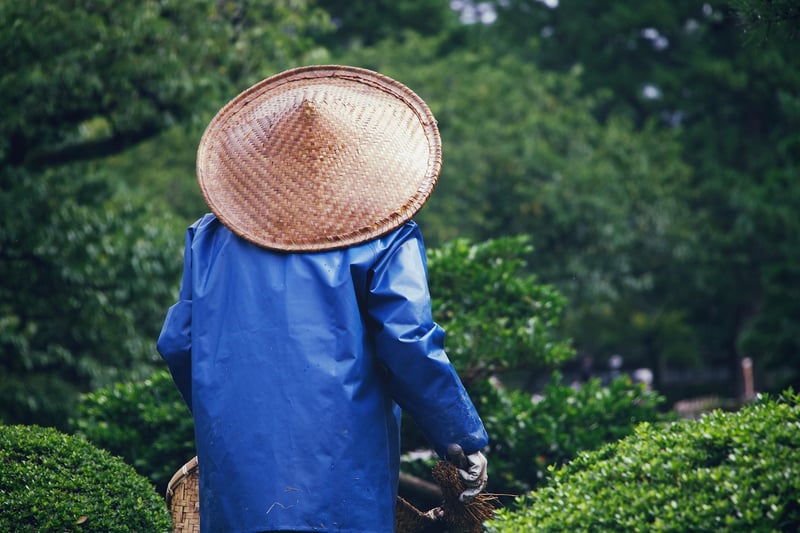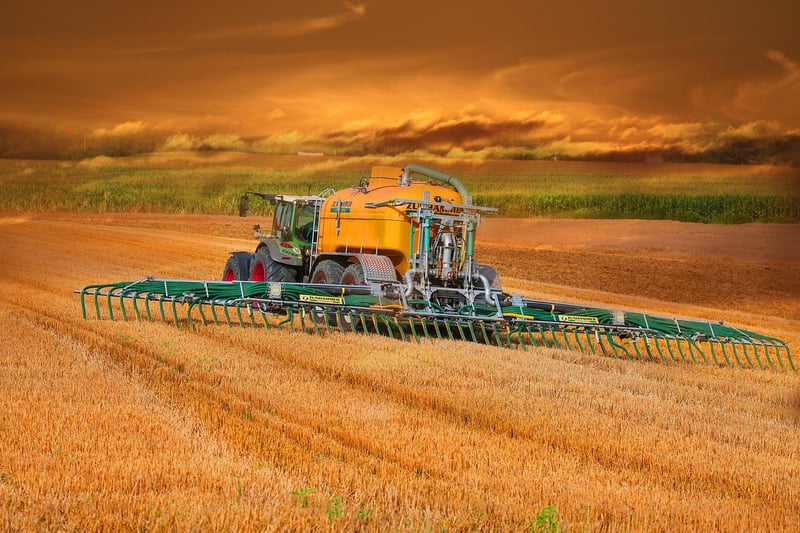Fertilizing Guide
Essential Guides for Healthy Plant Growth and Fertilizing
Introduction
Ensuring healthy plant growth is crucial for any avid gardener or plant enthusiast. Proper care and fertilization play a vital role in nurturing vibrant and thriving plants. This guide provides essential tips and techniques for promoting healthy plant growth and a comprehensive fertilizer guide to help you maintain your plants' well-being.
1. Light and Water
Plants require adequate light and water to thrive. Ensure your plants receive the right amount of sunlight based on their specific needs. Similarly, water your plants consistently, allowing the soil to dry out slightly between waterings to prevent overwatering.
2. Soil Quality
Good quality soil is essential for plant growth. Use nutrient-rich soil that provides adequate drainage for healthy root development. Consider adding organic matter like compost to enrich the soil and promote plant growth.
3. Pruning and Maintenance
Regular pruning helps maintain plant shape, remove dead or diseased parts, and encourage new growth. Additionally, inspect your plants regularly for pests and diseases, taking prompt action to prevent any issues from spreading.
4. Fertilizing Guide
Fertilizers provide plants with essential nutrients for growth and development. Choose a fertilizer based on your plant's specific needs (e.g., nitrogen-rich for leafy plants, phosphorus-rich for flowering plants). Follow instructions carefully to avoid over-fertilization, which can harm your plants.
Types of Fertilizers:
- Organic Fertilizers: Derived from natural sources like compost, manure, or bone meal.
- Synthetic Fertilizers: Manufactured chemical-based fertilizers with specific nutrient concentrations.
- Slow-Release Fertilizers: Releases nutrients gradually over time, providing long-term nourishment.
Fertilizing Tips:
- Apply fertilizers during the growing season for optimal nutrient absorption.
- Water plants after fertilizing to help nutrients reach the roots effectively.
- Avoid fertilizing dormant plants, as they do not actively grow during this period.
By following these guidelines for healthy plant growth and utilizing the fertilizing tips provided, you can ensure your plants thrive and flourish, enhancing the beauty of your indoor or outdoor space.
Remember, each plant species may have unique requirements, so always research specific care instructions to provide the best environment for your green companions.


Happy gardening!
